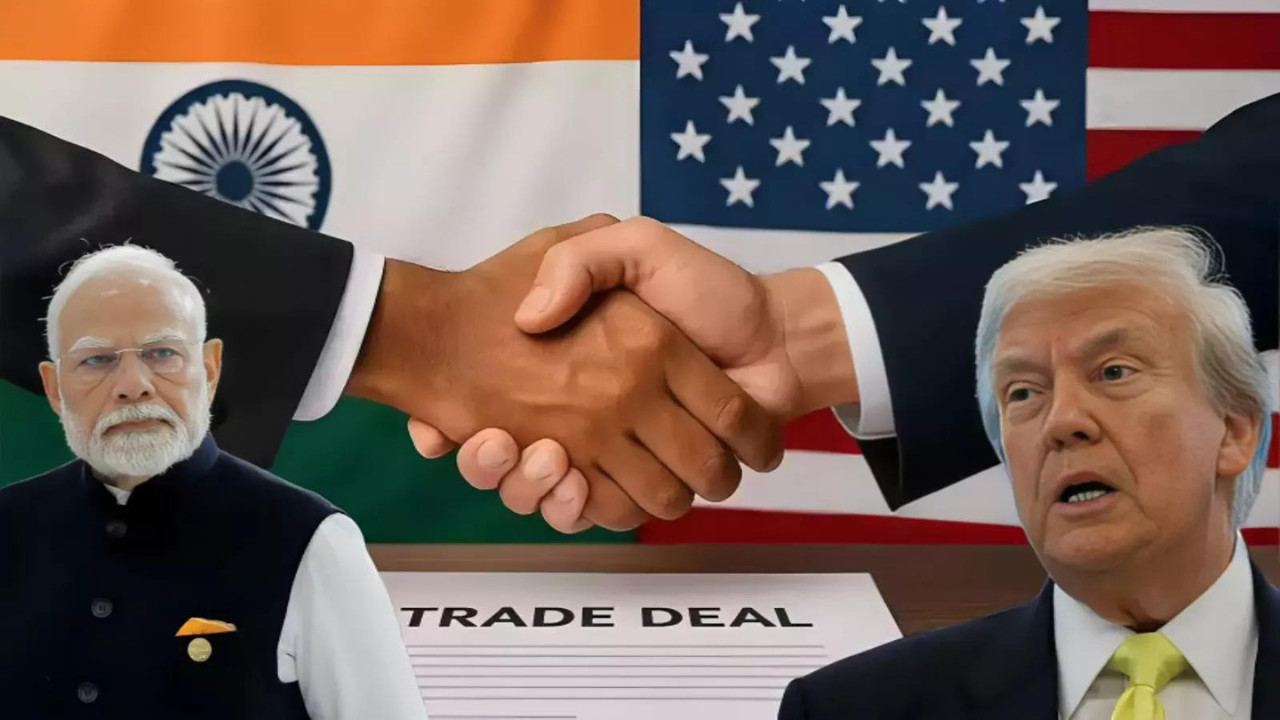Bajaj Allianz General Insurance is pioneering state-specific health insurance plans to address varying healthcare costs across India. This initiative aims to make health insurance more affordable, particularly for the ‘missing middle,’ by eliminating cross-subsidies where low-cost areas subsidize high-cost ones.
Health Insurance in India: A Patchwork Quilt of Coverage?
Okay, folks, let’s talk about something we all need but probably try not to think about too often: health insurance. We know it’s vital, a safety net against the potentially devastating costs of medical care, but navigating the world of policies, premiums, and coverage can feel like decoding a secret language.
Recently, there’s been a quiet but significant shift happening in the landscape of India’s health insurance policies, particularly those offered under government-backed schemes. And honestly? It’s a bit… well, let’s just say interesting.
The central government has been advocating for states to set their own premium rates for these schemes. Sounds logical, right? After all, healthcare costs and needs do vary across different regions. What works in a bustling metro like Mumbai might not be the optimal solution for a rural district in, say, Bihar.
The idea is to empower states, giving them more control and allowing them to tailor coverage packages that truly reflect the local realities. On the surface, this decentralization seems like a step in the right direction, potentially leading to more efficient and responsive healthcare systems.
But here’s where things get a little… tangled.
The article highlighted that some states are now charging wildly different premium rates for similar coverage compared to their counterparts. We’re talking significant discrepancies, not just a few rupees here and there. And that raises a crucial question: Is this newfound autonomy truly benefitting the average citizen, or is it creating a fragmented system where access to affordable healthcare depends largely on your geographical postcode?
Think about it: if you live in a state that’s opted for a higher premium, you might be paying significantly more for the same level of coverage as someone in a neighboring state. This feels inherently unfair, doesn’t it? Especially considering that health crises don’t discriminate based on state borders.
Now, there could be legitimate reasons behind these differing rates. Perhaps some states have negotiated better deals with insurance providers, or maybe they’re factoring in higher operational costs or a greater prevalence of certain diseases. Transparency is key here. Are these decisions being made based on data-driven analysis and a genuine desire to improve healthcare access, or are other factors at play?
It also prompts another important consideration: quality. Are these lower-premium states sacrificing the quality of healthcare services in order to keep costs down? Cutting corners in healthcare is a dangerous game, and the long-term consequences can be far more costly than any short-term savings.
The potential downsides of this fragmented approach are very real. We could see people facing barriers to accessing the care they need simply because they can’t afford the premiums in their state. This could exacerbate existing health inequalities and leave vulnerable populations even more exposed. It could also lead to a situation where people are forced to travel to other states for treatment, further straining already overburdened healthcare systems.
However, let’s not paint too bleak a picture. This policy shift also presents a unique opportunity. It allows states to experiment with different models of healthcare delivery, to innovate and find solutions that are tailored to their specific contexts. If done right, this could lead to some truly groundbreaking approaches to improving public health.
The key, as always, is careful monitoring and evaluation. The government needs to keep a close eye on how this policy shift is impacting different states, identify what’s working and what’s not, and be prepared to make adjustments along the way. Transparency and accountability are paramount.
Furthermore, consumer awareness is crucial. People need to understand their rights, the coverage they are entitled to, and how to navigate the system effectively. This requires clear and accessible information from both the government and insurance providers.
Ultimately, the success of this decentralized approach hinges on whether it truly benefits the people it’s designed to serve. It requires a delicate balancing act between autonomy and uniformity, between innovation and equality. It’s a complex challenge, and the road ahead is likely to be bumpy.
We need to be asking tough questions: Are these varying premiums truly justified? Are they leading to improved healthcare outcomes? And are they ensuring that everyone, regardless of their location or income, has access to the care they need?
The answer to these questions will determine whether this policy shift becomes a step forward or a step back in India’s journey towards universal healthcare. Only time, and careful scrutiny, will tell.







